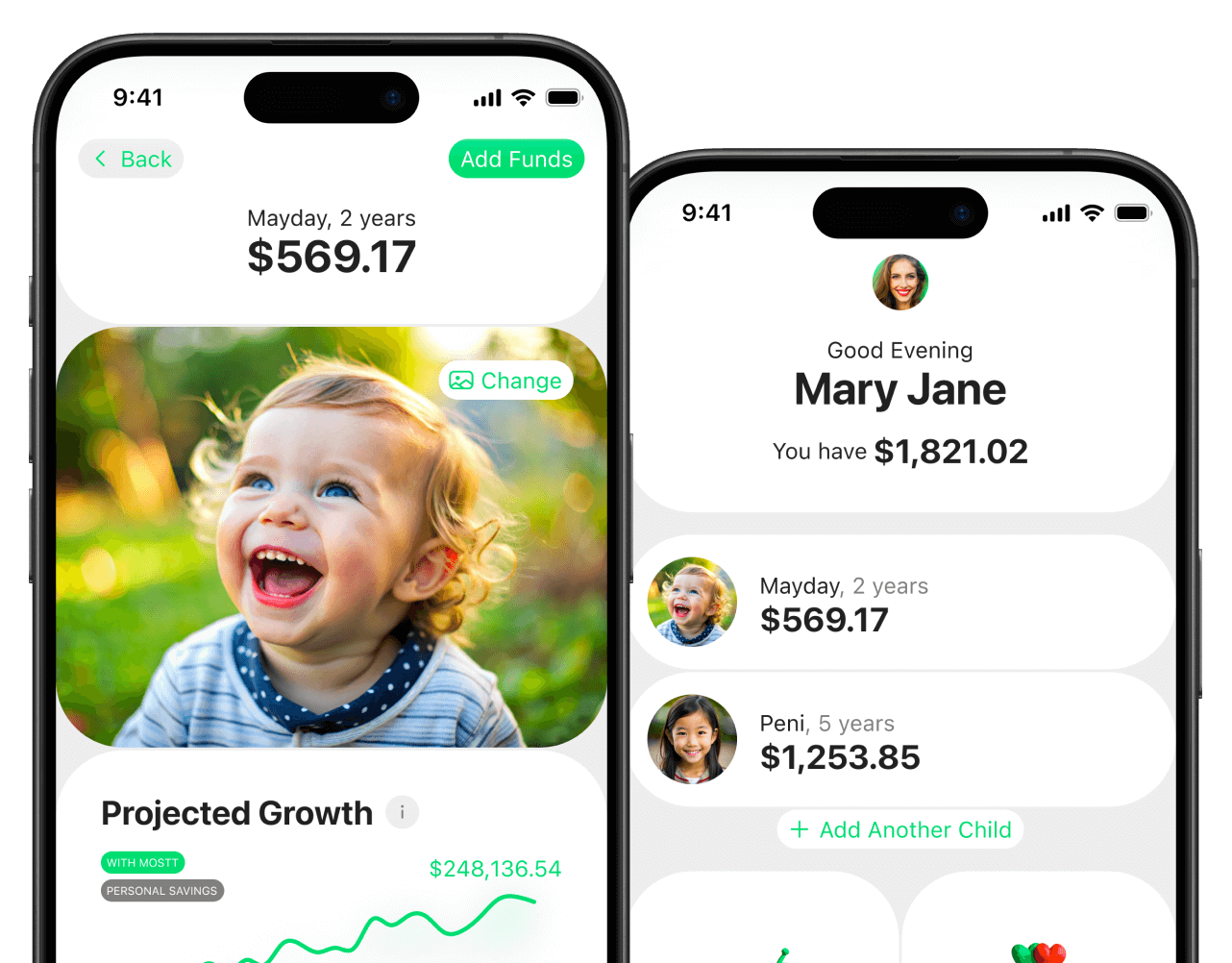When a child asks for something expensive — like a $100 toy or gadget — most parents see a teachable moment. But instead of simply saying “no,” imagine using that moment to explain how money grows over time.
That’s exactly what one parent did. Instead of denying the request, they drew a timeline on the family whiteboard and used it to show how that $100 could become $200 or more with time and a little patience. That visual illustration sparked curiosity and started a conversation that could shape their child’s financial future.
This story isn’t rare. In fact, any parent can do the same—with nothing more than a marker and a simple concept: the time value of money.
What Is the Time Value of Money? (And Why Should Kids Learn It Early?)
The time value of money (TVM) is a financial principle that says a dollar today is worth more than a dollar tomorrow because it can be invested and grow over time.
According to the U.S. Securities and Exchange Commission (SEC), this concept is foundational to understanding investing, saving, and financial planning.
When kids understand this early, they start thinking long-term. They begin to grasp that money isn’t just for spending—it’s a tool that can build freedom, opportunity, and wealth over time.
But here’s the challenge…
The Problem: Kids Can’t See the Future
For kids, the future is fuzzy. “College” is some far-off place. “Investing” sounds like something only grown-ups do.
And compound interest? Totally invisible.
Even adults struggle to wrap their heads around how saving early multiplies wealth. That’s why traditional methods of teaching kids about money—like lectures or bank brochures—don’t stick.
They need something different. Something visual. Something they can see.
The Solution: Show the Future with Visual Timelines
A visual timeline is a powerful tool that takes the abstract concept of time and turns it into a story your child can follow.
Here’s what we did.
I drew a straight line. On the left, I wrote “Age 10.” On the right, “Age 18.”
Then under each year, I showed how much money my daughter could have if she invested just $10 a month and earned 8% interest.
Without compounding, she’d have:
-
$120 after 1 year
-
$240 after 2 years
-
$1,080 after 9 years
With compounding:
-
$125 after 1 year
-
$260 after 2 years
-
Over $1,500 by age 18
She stared. “Wait… I get more just by leaving it alone?”
Exactly.
That’s the power of the time value of money. And seeing it on a timeline made it real.
How to Create a Visual Timeline with Your Child
You don’t need fancy software. A pen and paper can change how your child sees the world—and their money.
Step 1: Start with Their Age and a Goal
Pick a financial milestone your child cares about:
-
Buying a car at 16
-
Starting college at 18
-
Traveling at 21
Make it their goal. Not yours. Then draw a line from their current age to the milestone.
Step 2: Break It Down by Year
Mark each year on the timeline. Under each, write how much they’d have by consistently saving each month.
Use a compound interest calculator like the one from Investor.gov to estimate growth.
Let’s say your child invests $25 a month at 8% annual return. After:
-
1 year: ~$312
-
5 years: ~$1,744
-
8 years: ~$3,200+
That’s real money—for real dreams.
Step 3: Make It Visual and Personal
Use stickers or drawings to mark goals:
-
A skateboard at age 13
-
A driver’s license at 16
-
A plane ticket at 18
This transforms saving from a chore into a story—and they’re the hero.
Step 4: Revisit Monthly
Make updating the timeline a monthly ritual. Add new deposits. Show how interest accumulates. Celebrate milestones.
This keeps motivation high and shows how money and time work together.
Why Visual Timelines Work So Well (Especially for Kids)
A visual timeline gives kids something school doesn’t: a picture of the future they control.
They learn:
-
Patience: Delayed gratification leads to bigger rewards.
-
Consistency: Small actions lead to big outcomes.
-
Cause and Effect: Saving now opens up options later.
-
Goal Setting: Money isn’t the goal—what it enables is.
But What If You Didn’t Learn This Growing Up?
If you’re thinking, “No one ever showed me this,” you’re not alone.
Many adults learn the time value of money the hard way—after years of credit card interest, missed investment opportunities, or last-minute scrambling for college funds.
The good news? It’s not too late for your kids. And teaching them now will help them avoid financial stress down the road.
Better yet, teaching them helps you get better with your money too.
Use the Right Tools to Make It Easy
If calculating compound interest by hand makes your eyes glaze over, don’t worry—technology is your friend.
📱 Try the Mostt App
Mostt is a family-friendly investing and saving app that:
-
Lets parents set savings goals for their kids
-
Visualizes growth over time
-
Teaches the power of compounding in simple ways
It’s like giving your child a live, digital version of a financial timeline—except with fewer markers and more motivation.
🔢 Use Free Calculators
-
Compound Interest Calculator (Investor.gov) – Reliable, government-backed, and simple.
-
Bankrate Savings Calculator – Great for goal-based timelines.
Teach Your Kids the Story of Their Future
When we draw a timeline, we’re not just teaching math.
We’re helping kids see the story arc of their money.
Today’s $10 can become tomorrow’s freedom.
That first $100 invested can help pay for college, a first car, or even a down payment someday.
And when your child sees their future on paper—and watches it grow—saving becomes exciting.
Final Thoughts: The Earlier, the Better
📌 A child who understands the time value of money doesn’t just save. They plan.
They think long-term. They make wiser decisions. They grow up knowing they can shape their own future.
And you don’t need a finance degree to get them there.
Just a pen.
A timeline.
And a few minutes of dreaming together.
Start Today
Ready to help your child build a better future?
✅ Sit down together
✅ Draw out a timeline
✅ Use tools like Mostt or Investor.gov
✅ Turn small savings into big wins
Your child doesn’t need to be a financial genius.
They just need a little vision, a little guidance, and a timeline.
Because when they can see the power of time, they’ll never look at money the same way again.
Would you like a free printable visual timeline template to pair with this blog post? I can create one for download—just let me know!




